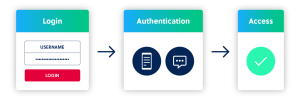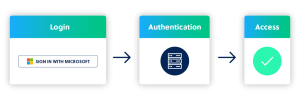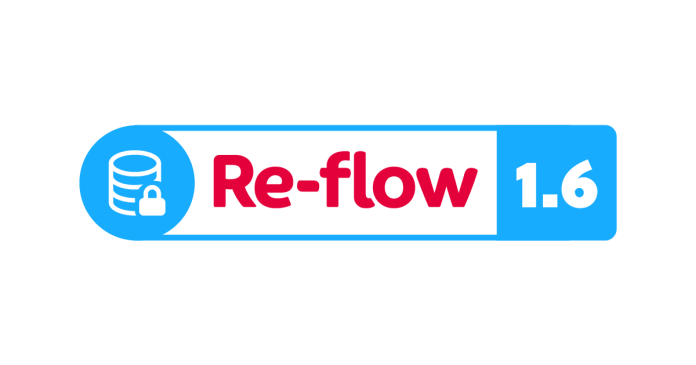Over the last five years, Re-flow has grown into one of the UK’s leading field management and security software providers
The Re-flow works with hundreds of companies nationwide, including industry leaders such as WJ Group, M.V. Kelly and Breedon.
Re-flow is a business that has proven to be constantly on the grow, expanding its customer base, team and security software alike. Over the past months, the team has been developing, testing and rolling out their latest update – Re-flow 1.6.
This version includes several powerful new features, including template creation for jobs and events, text messaging functionality, drag-and-drop scheduling and new security capabilities.
The first feature to be introduced in detail is the system’s new and advanced software capabilities.

With the enormous amounts of data that need to be stored and exchanged for businesses to operate efficiently and safely, a key concern for companies adopting digital solutions is a simple yet hugely important question of data security.
While Re-flow security software has already proven to be highly secure and reliable, the team finds it important to constantly provide users greater control over their operational processes in all aspects, including security. As such, Re-flow 1.6 will be introducing two-factor authentication (2FA) and single sign-on (SSO).
How does Re-flow security they work?
Two Factor Authentication (2FA)
Existing users of the system are sure to be familiar with the login process – all that’s required is a username and password. With 2FA, the process gains an additional step. Now, user accounts can be linked to their mobile phone, enabling them to authenticate their log-in attempt with an SMS verification code.

Single sign-on (SSO)
In a business with any form of IT infrastructure or ERP, it’s highly likely that SSO is already being used in some capacity. Single sign-on enables users to access multiple corporate services using just one set of securely authenticated credentials. Now, it’s possible to access Re-flow using SSO when connected to Microsoft 365.

How can these new features further streamline and secure operations?
According to a 2023 report from Verizon, over 80% of hacking-related data breaches are caused by compromised passwords. That means that the bigger the company, the more opportunities for human error, weak passwords and poor compliance. Both 2FA and SSO tackle this key issue, albeit in different ways.
2FA, as the name suggests, adds another factor to the process. Now, a bad actor can’t simply compromise users’ details and gain free rein over their data. That third step, linked specifically to your operative’s devices, can be what stops a damaging cyber-attack costing the firm hundreds of thousands.
SSO, on the other hand, removes steps from the process. While this may seem counterproductive, a single securely authenticated access point is actually safer than dozens of unique credentials. If every log-in throughout the day is an access point, reducing that to the bare minimum greatly limits cybercriminals’ opportunities to breach company and user data.

Both of these approaches produce similar benefits. At their core, they greatly increase cybersecurity throughout an organisation. That’s why notoriously strict compliance standards such as GDPR require sophisticated security policies such as these.
These new security additions are only the first of many new features Re-flow will be introducing and rolling out over the coming months, providing its users with a continuously expanding suite of features to tackle common industry issues, including inefficient manual processes, poor compliance and security, siloed systems and lack of oversight.
To learn more about Re-flow’s award-winning field management and securitysoftware, visit www.re-flow.co.uk or call 01392 574002










![[VIDEO]What to expect when you’re inspecting: Using DorTrak for fire door inspections](https://www.pbctoday.co.uk/news/wp-content/uploads/2025/02/maxresdefault-218x150.jpg)



